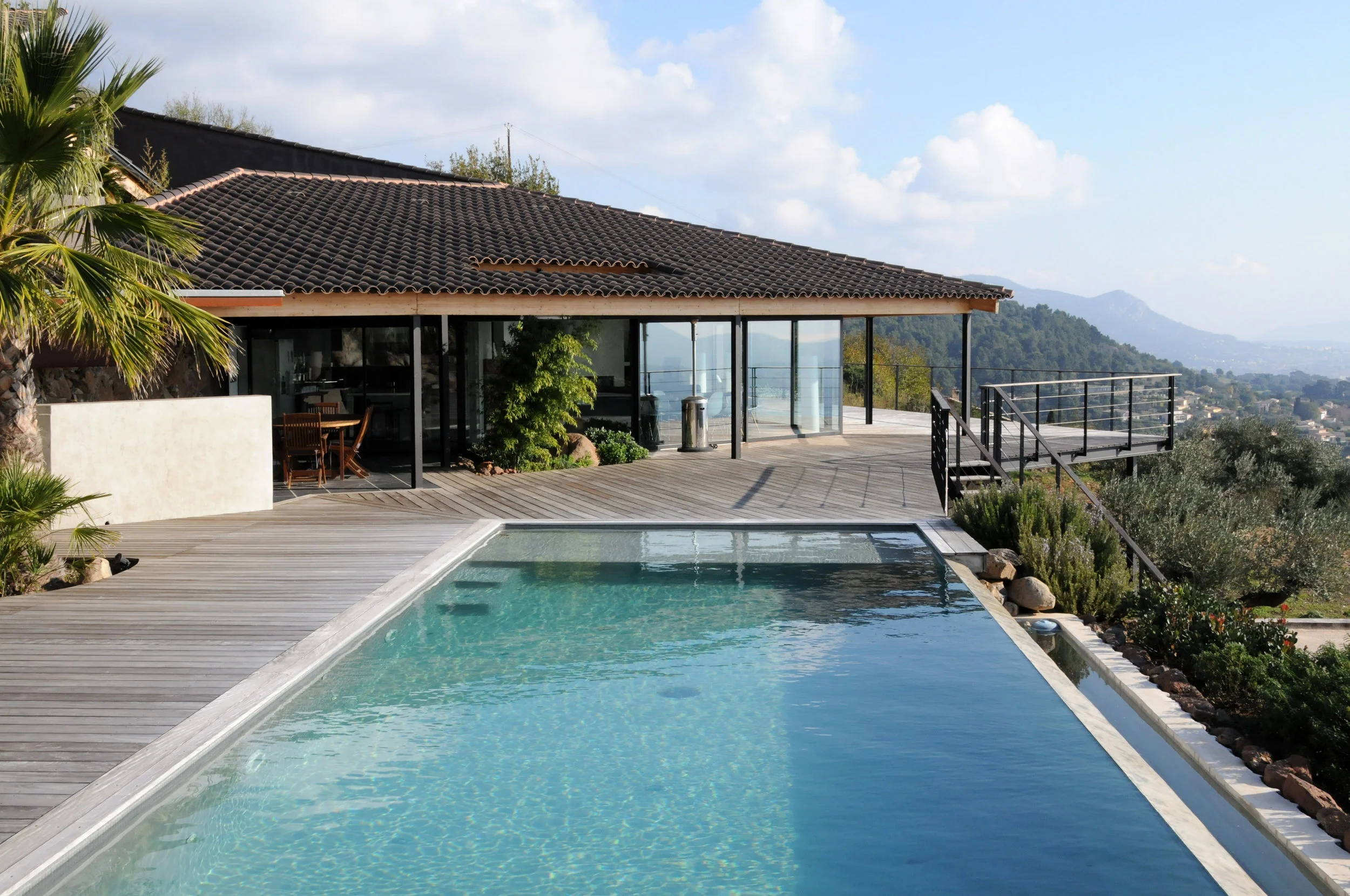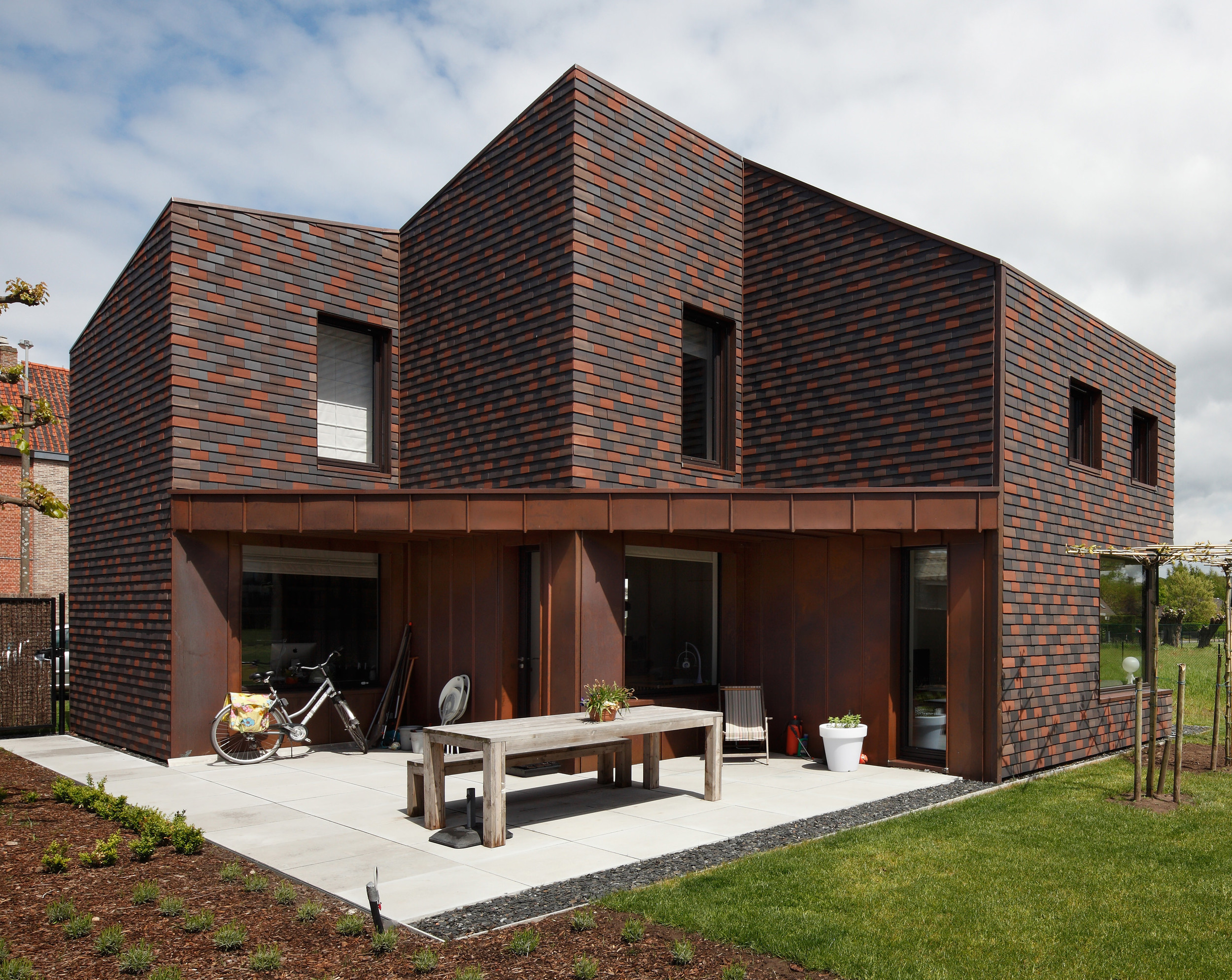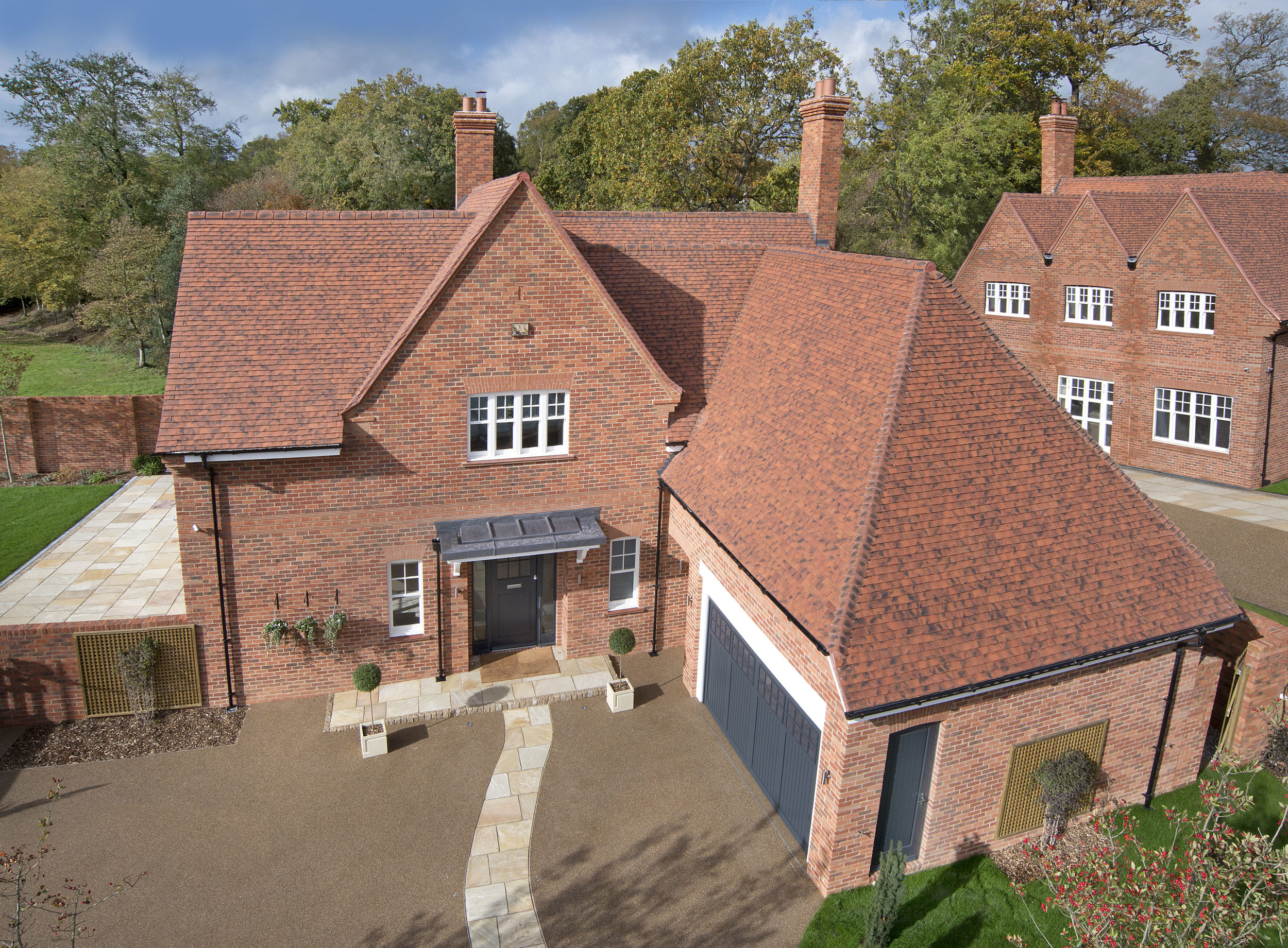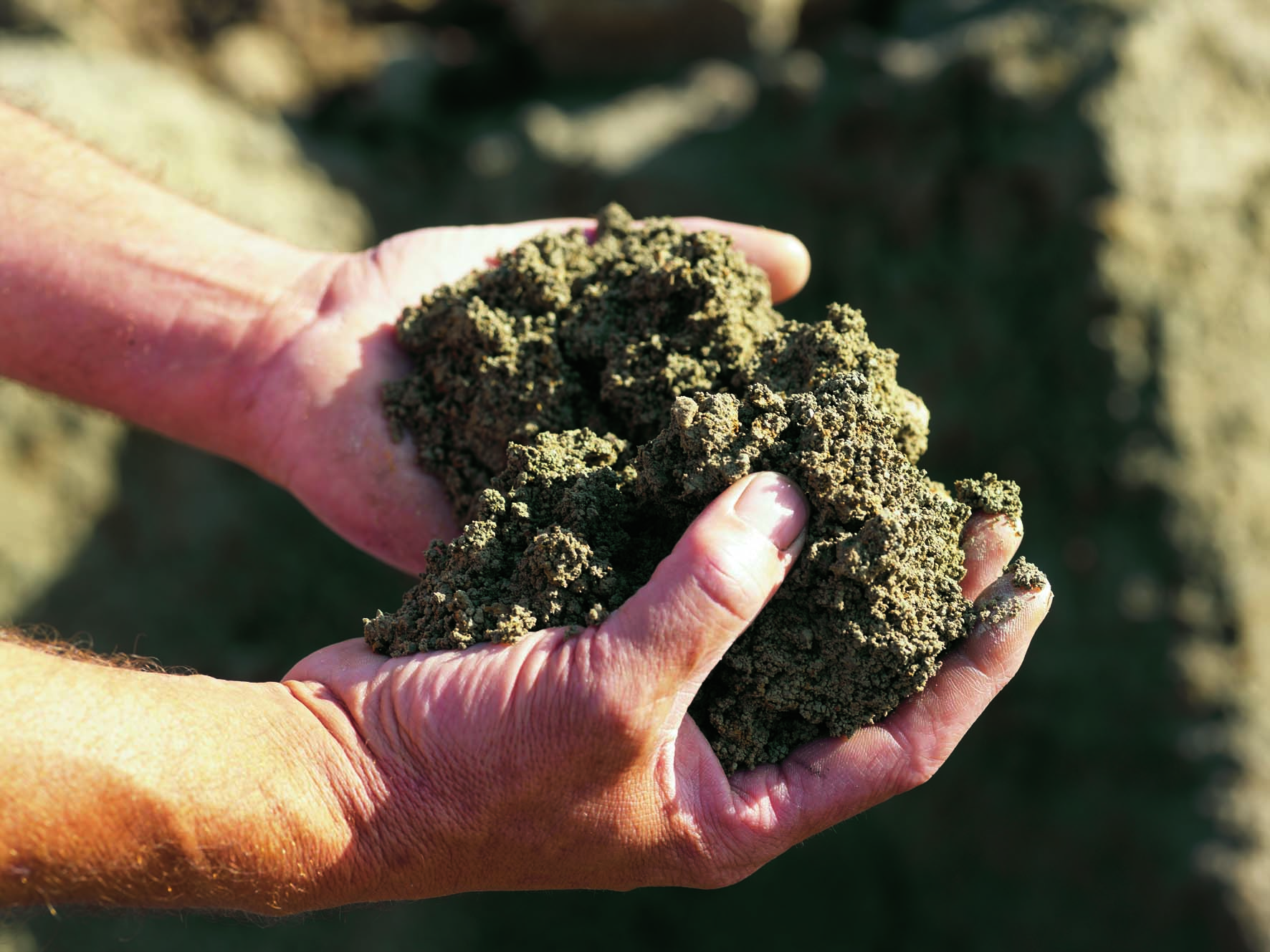The European brick and tile industry represents more than 700 companies, from SMEs to large international groups, which employ around 50,000 people across Europe and generate a production value of around €5.5 billion. In Europe there are over 1,300 production sites located near quarries which provide local jobs and keep transport emissions low.
Over the last decades, the sector has invested heavily in product and process innovations that have revolutionised the manufacturing process and delivered modern building solutions. This technological progress has profoundly modified the functioning of brick and roof tile plants. Today kilns are fully automated and heat recovery systems optimise the overall energy efficiency of the plant. Futhermore, modern process technology ensures that the environmental impact is minimal.
Construction products
Clay building products are perfectly suited to construction. Thanks to their versatility and unique technical and aesthetic characteristics, they have shaped the built environment for centuries and offer innovative solutions for the buildings of tomorrow.
Clay bricks, blocks, roof tiles and pavers are durable, affordable and provide comfortable, safe and healthy homes to millions of people. Furthermore, they combine traditional architectural heritage with innovative and future-oriented construction methods. Last but not least, clay products offer valuable solutions to save energy and reduce greenhouse gas emissions in the building sector.












